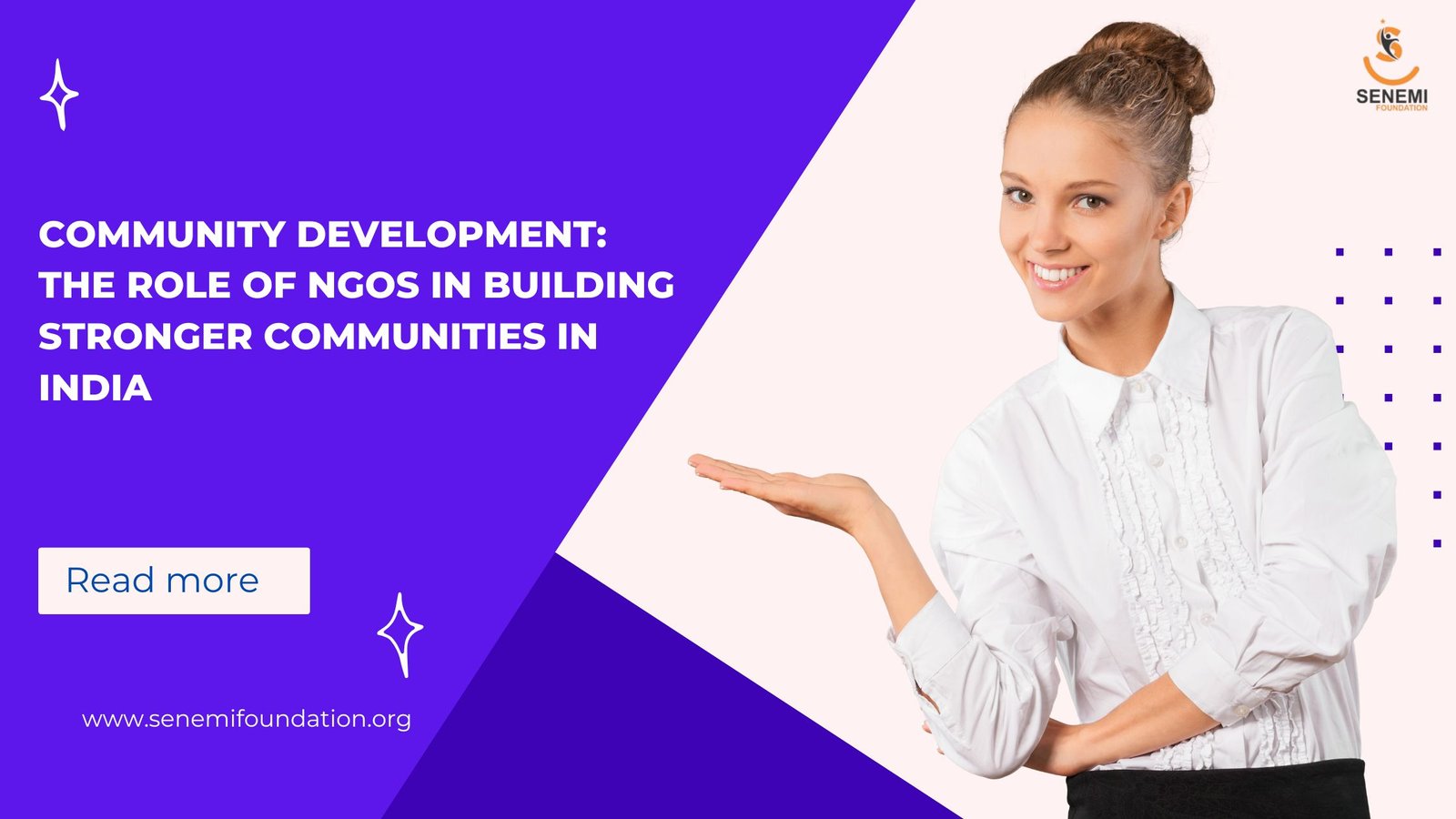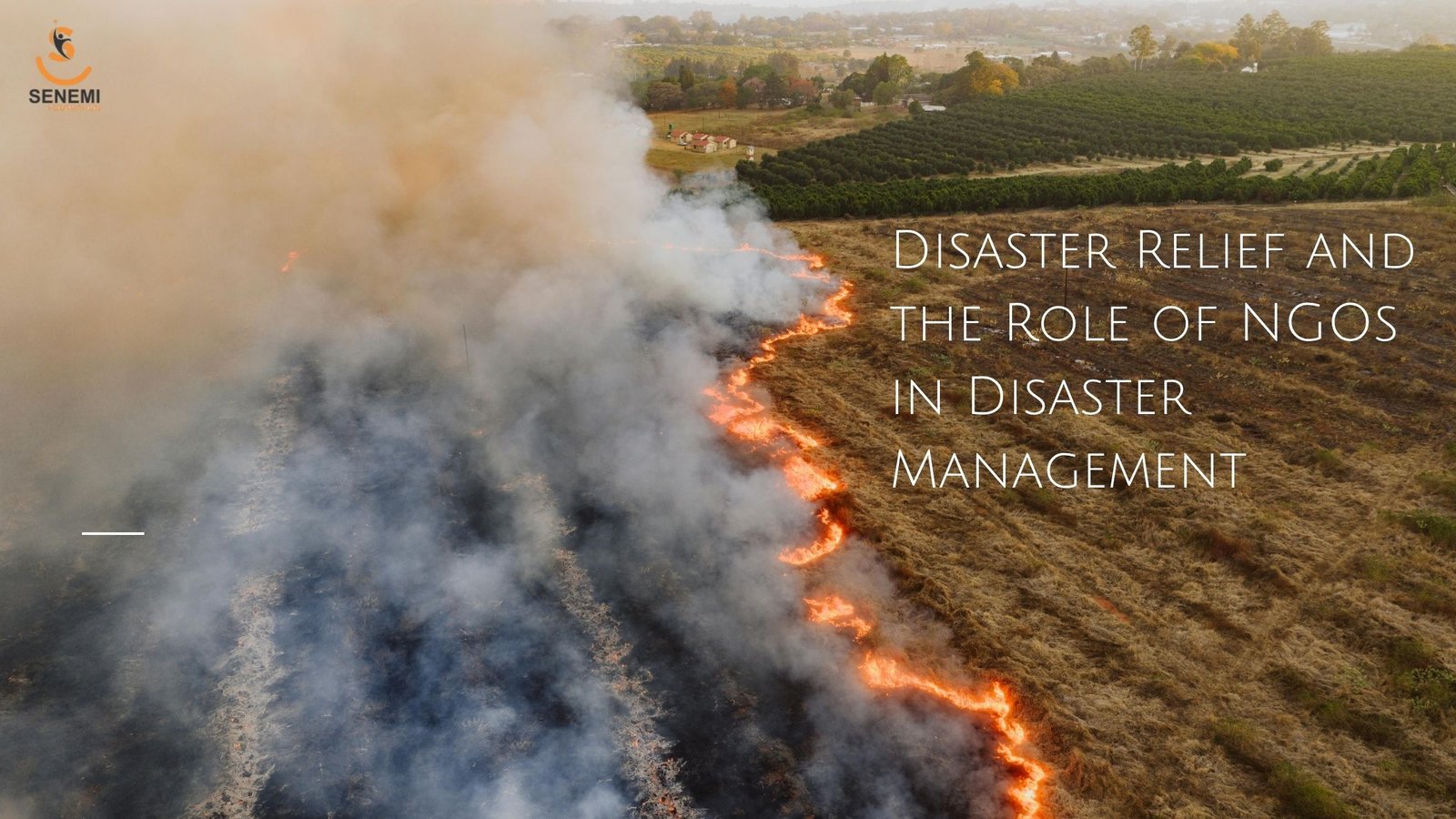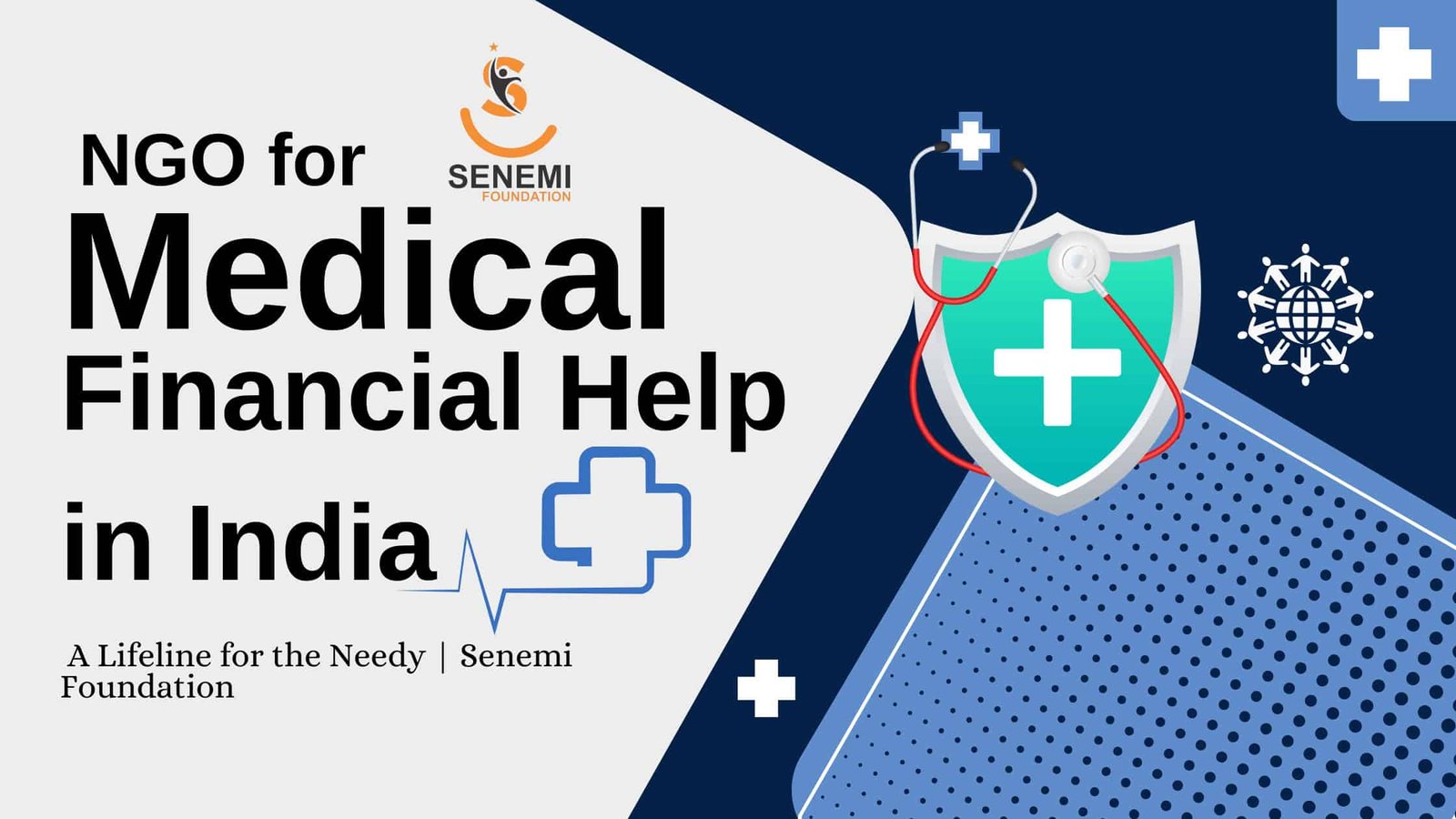
In an age where rapid urbanization, inequality, and climate challenges continue to shape society, community development stands out as a vital process for creating inclusive and sustainable progress. It’s not merely about constructing infrastructure or running welfare programs—it’s about empowering people to take charge of their own growth.
In India, Non-Governmental Organizations (NGOs) have been at the forefront of this transformation. They serve as catalysts of change, working in villages, towns, and slums to uplift marginalized groups, promote education, and ensure equitable access to resources. This blog explores the concept of community development, the contribution of NGOs, notable examples from India, and the challenges and opportunities that lie ahead.
 Ragini
Ragini









